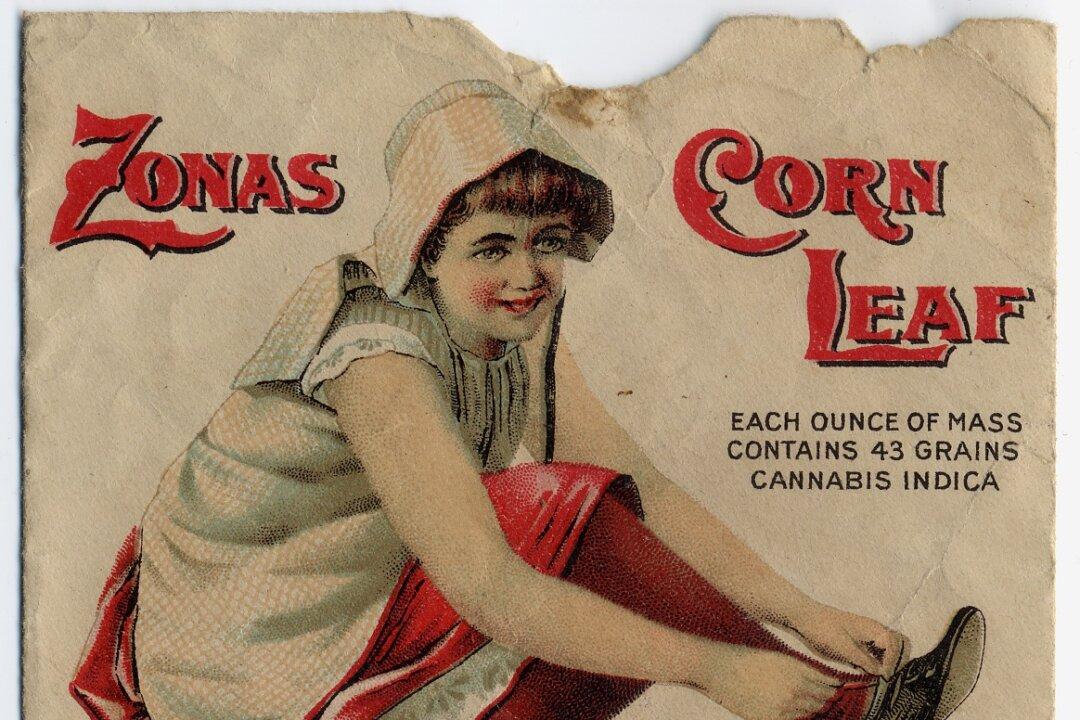NEW YORK—The ancient city of Pergamon was discovered in the 1860s by German engineer Carl Humann. He was doing land surveys for railroad construction, when he noticed that residents were burning fragments of an ancient marble sculpture to make lime. It was the birth of an archaeological project that, over the past 138 years, has unearthed the remains of the city’s most important architectural components.
Now known as Bergama in Turkey, Pergamon was the capital of the Attalid Dynasty (281–133 B.C.) that ruled over large parts of Asia Minor.

Marble grave relief, Greek, Late Hellenistic period, circa 100 B.C. The J. Paul Getty Museum, Malibu. The text beside the work explains that "the high status of the deceased woman portrayed is conveyed by her stylish dress and jewelry; the high-backed, ornate chair; and the mirror or box (not to be confused with a modern laptop computer) that her servant girl holds out before her." Kati Vereshaka/Epoch Times




